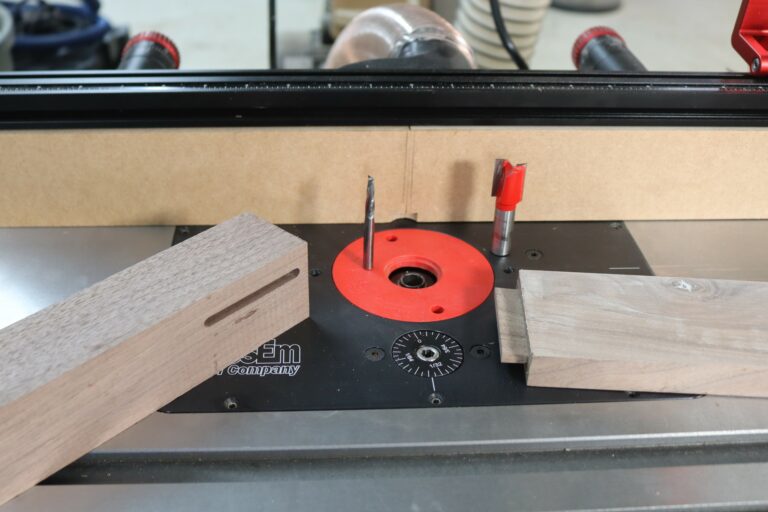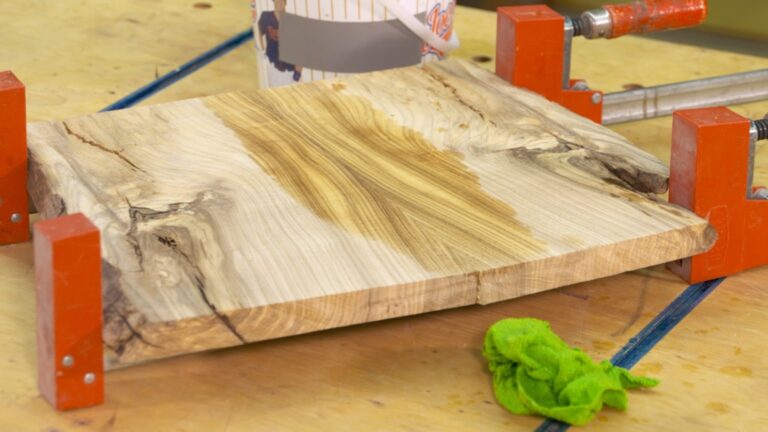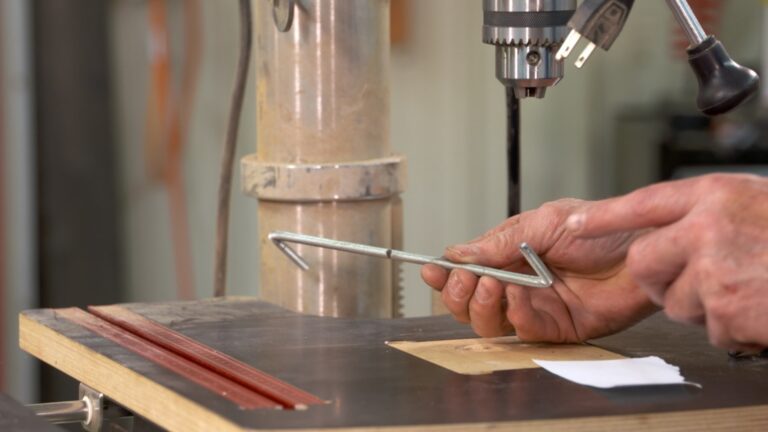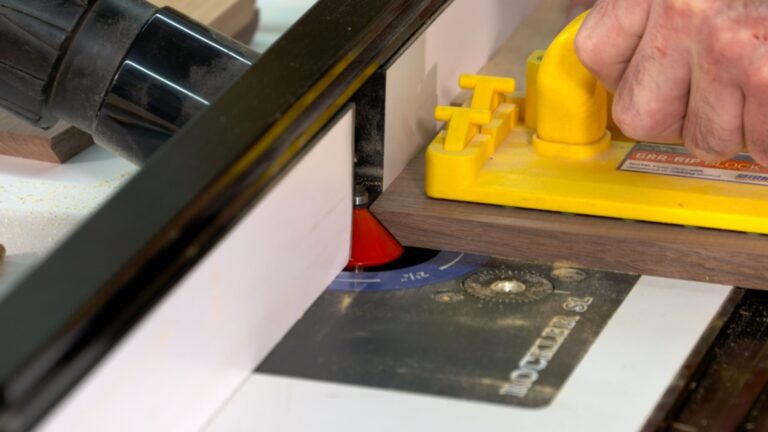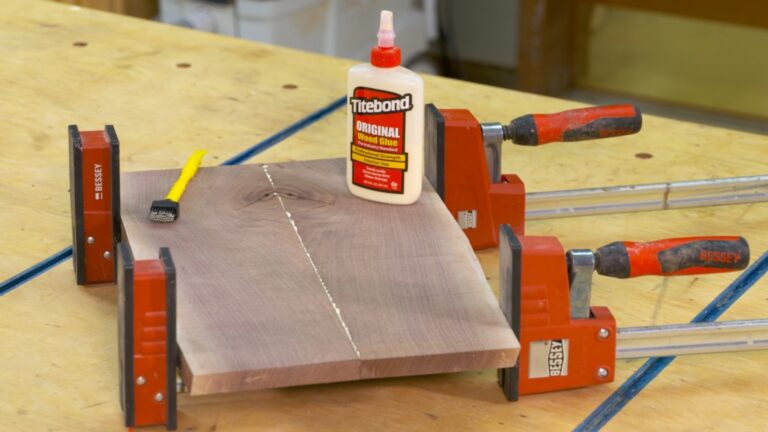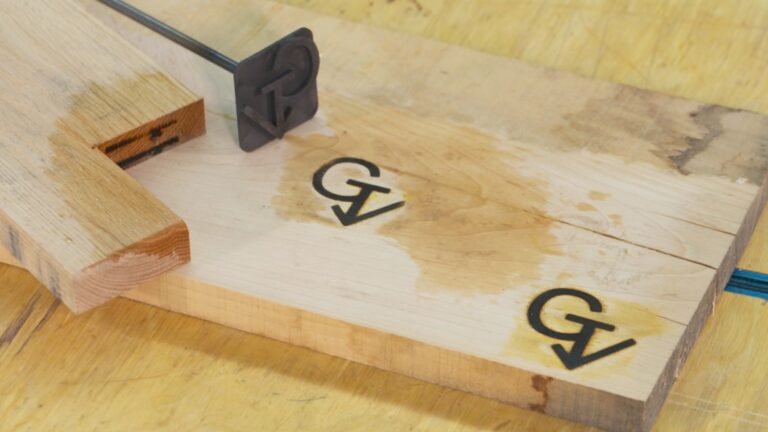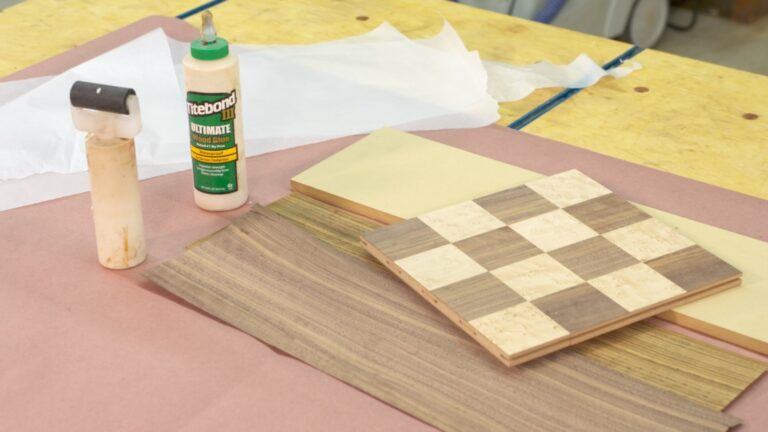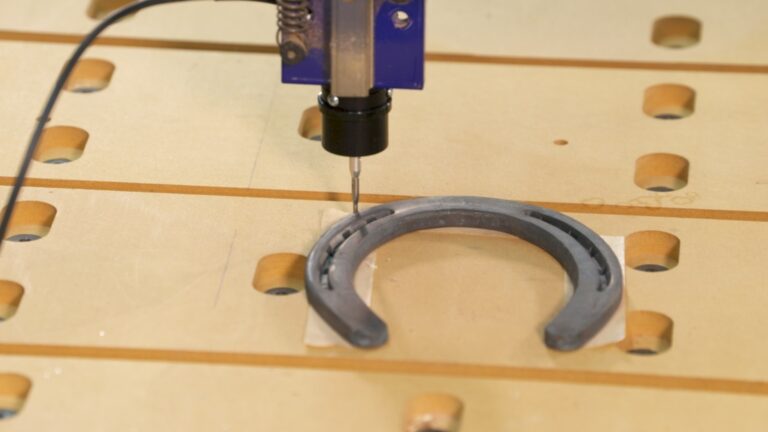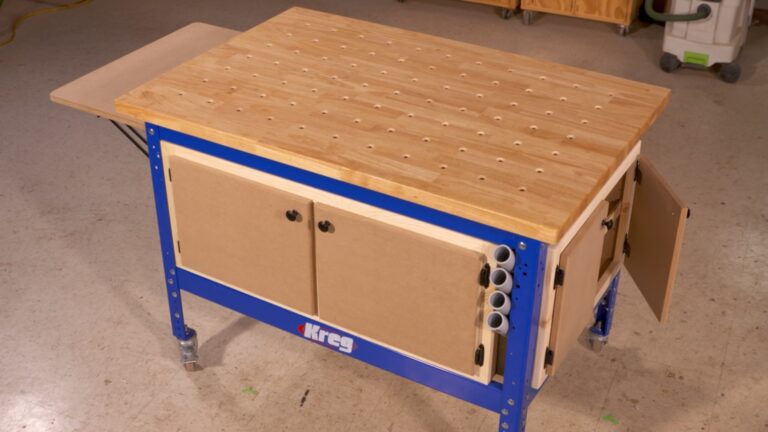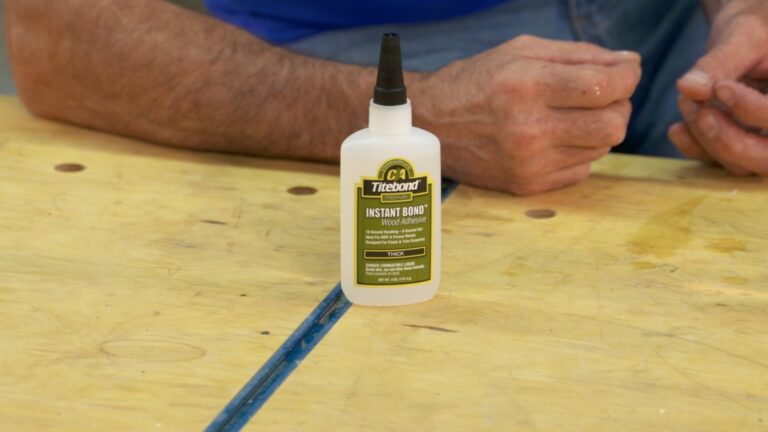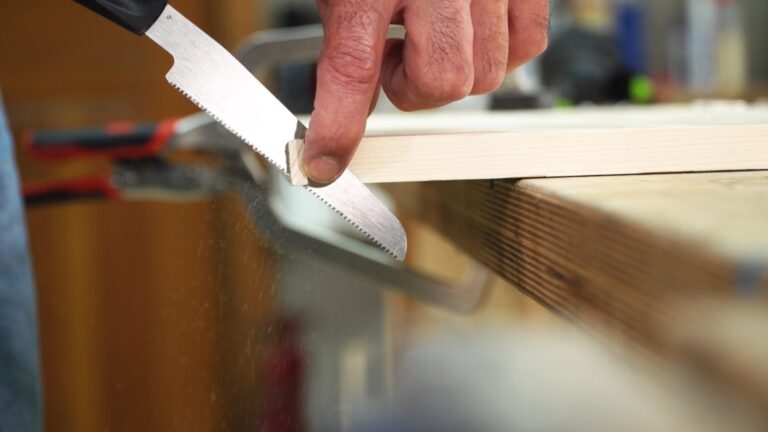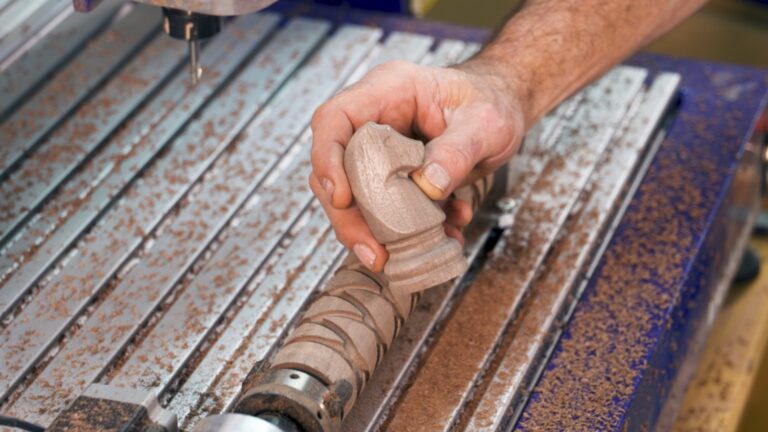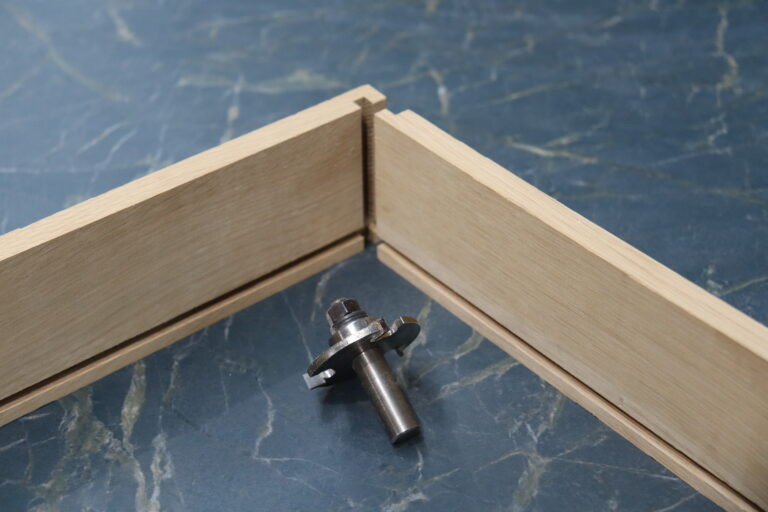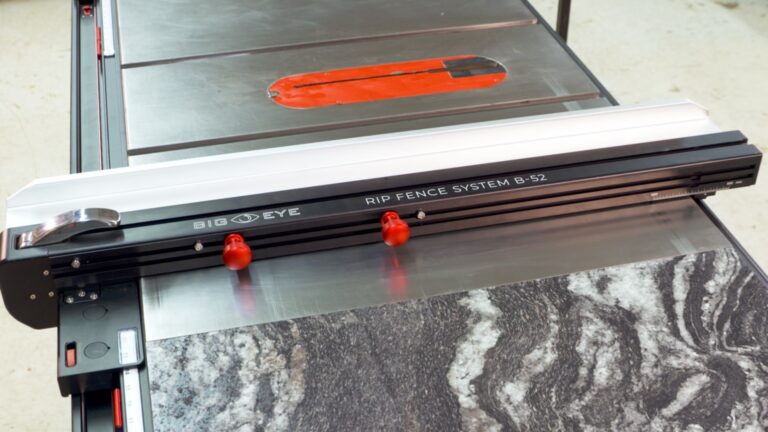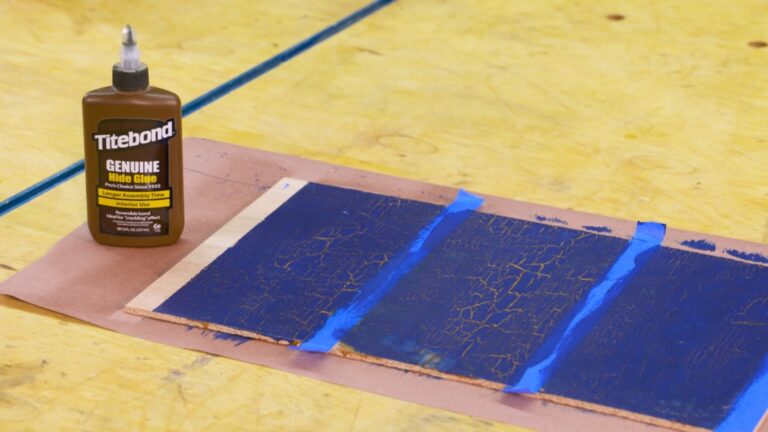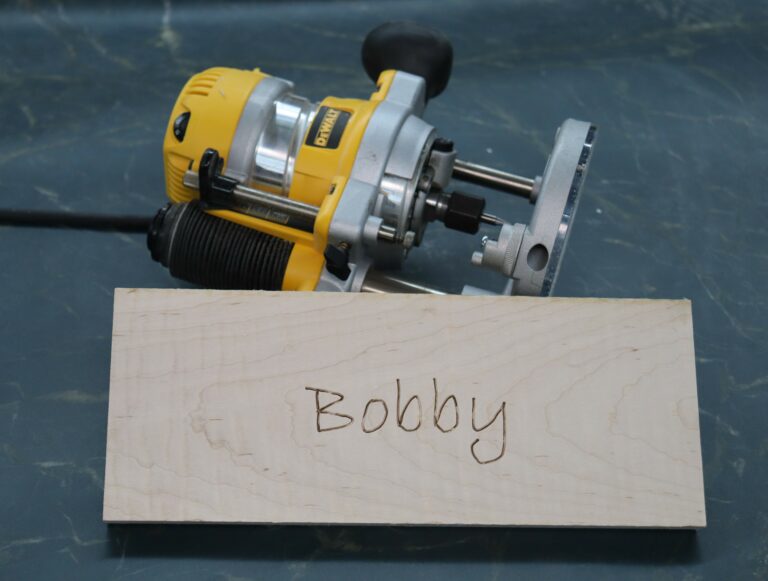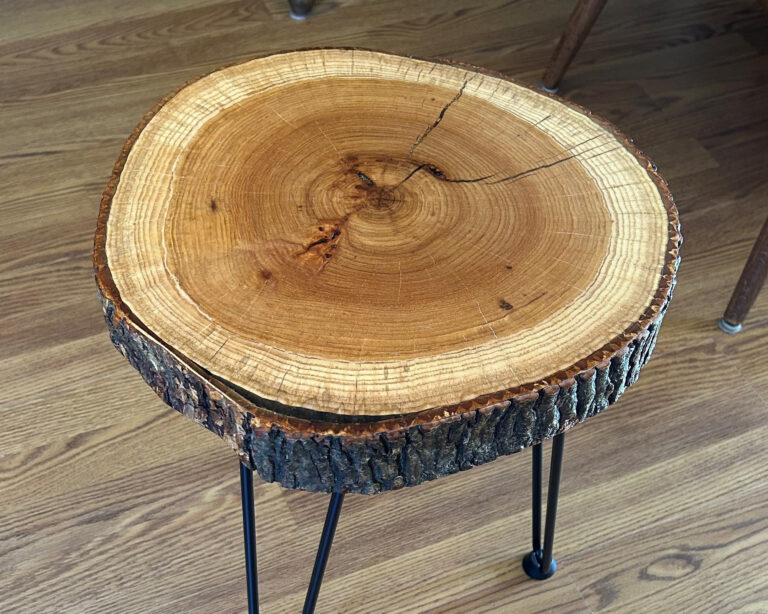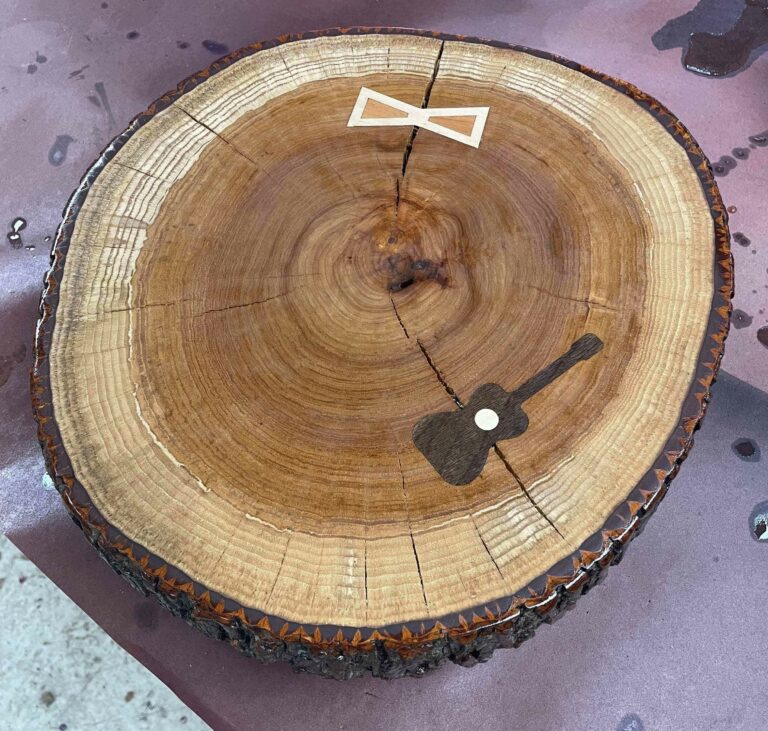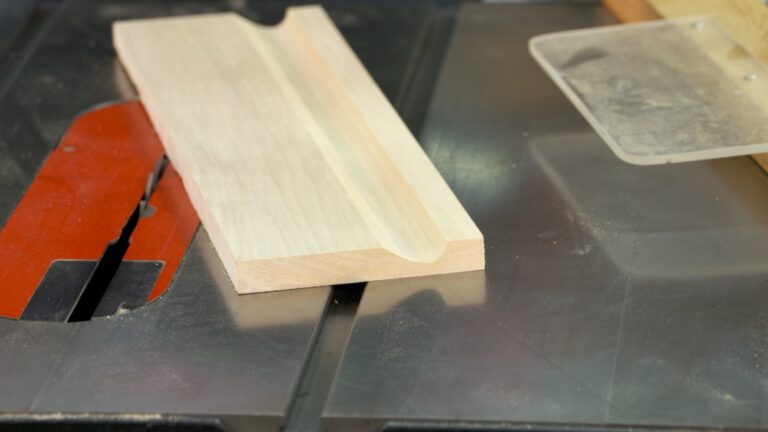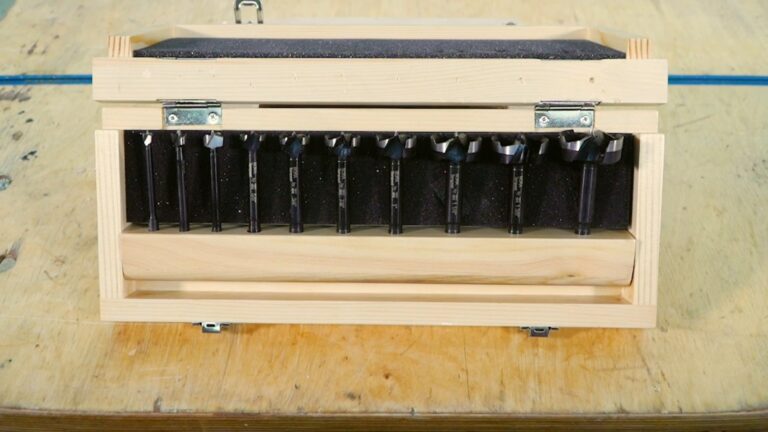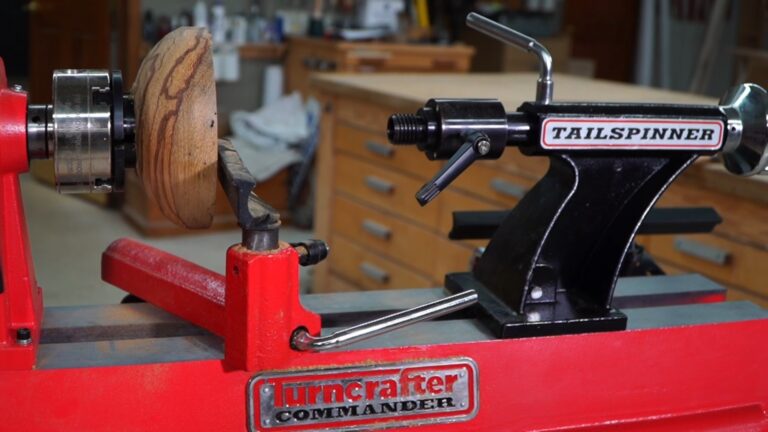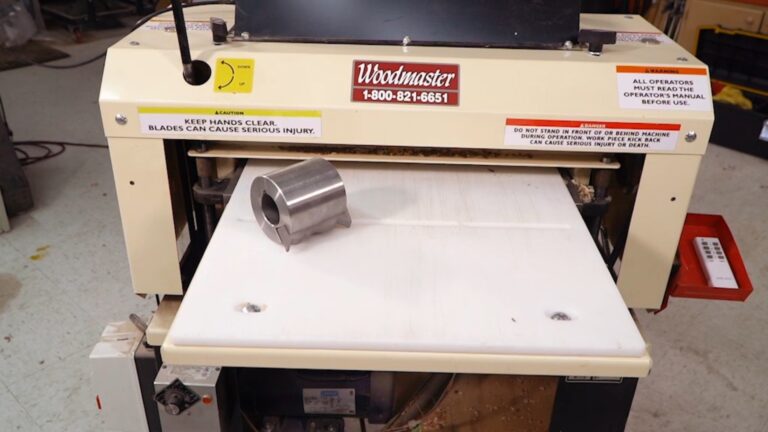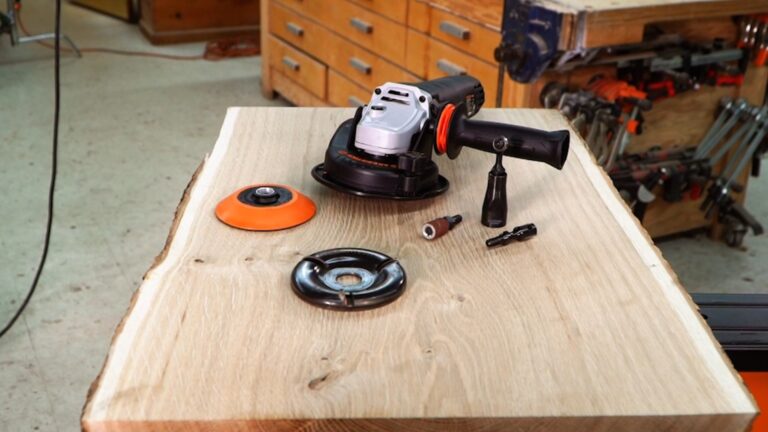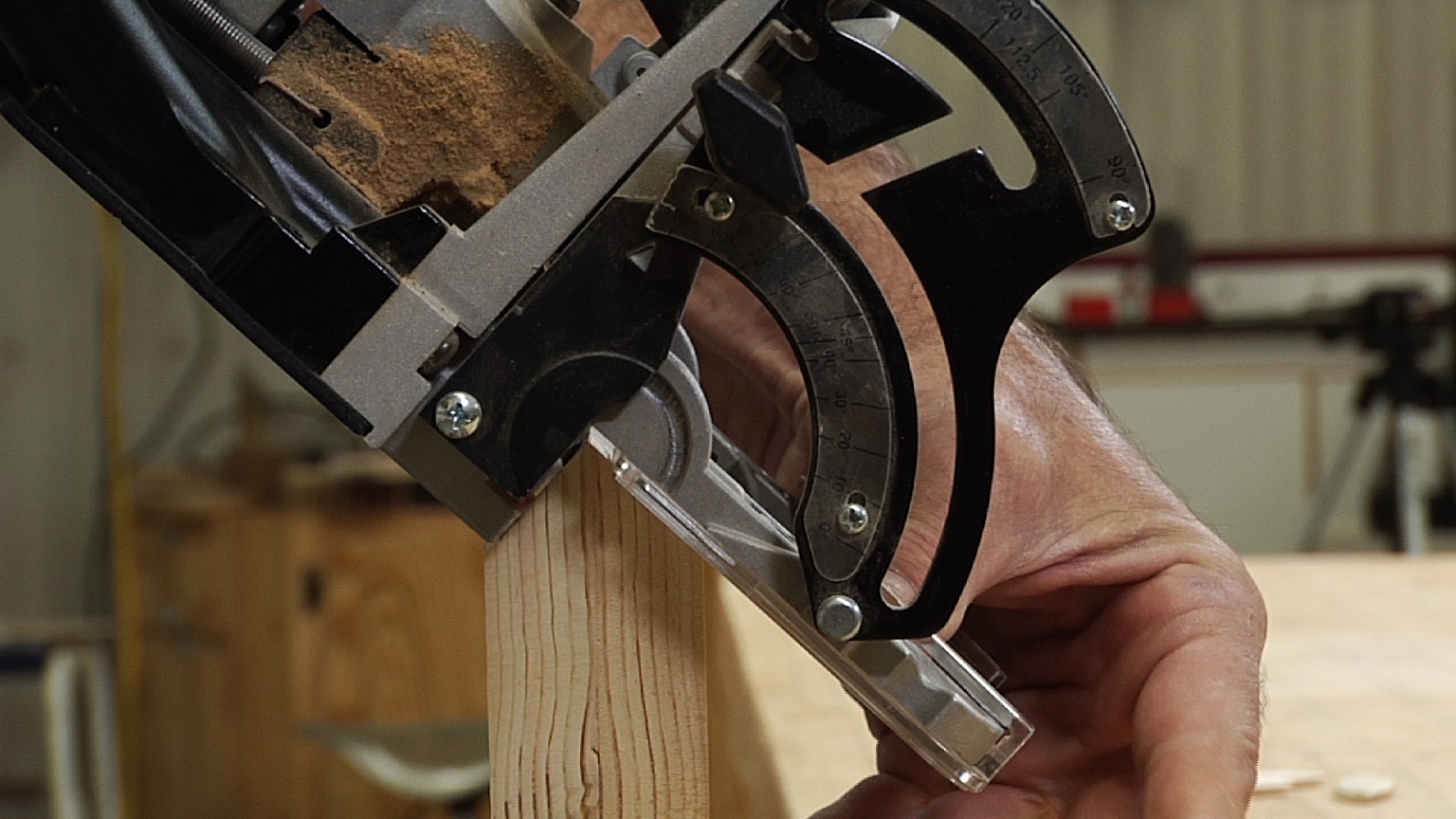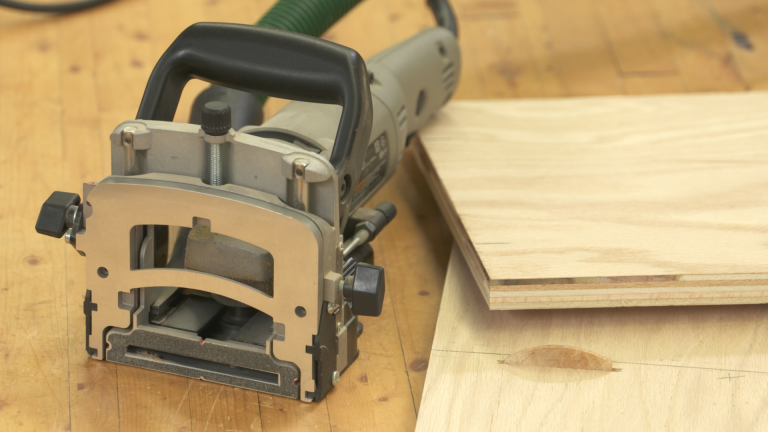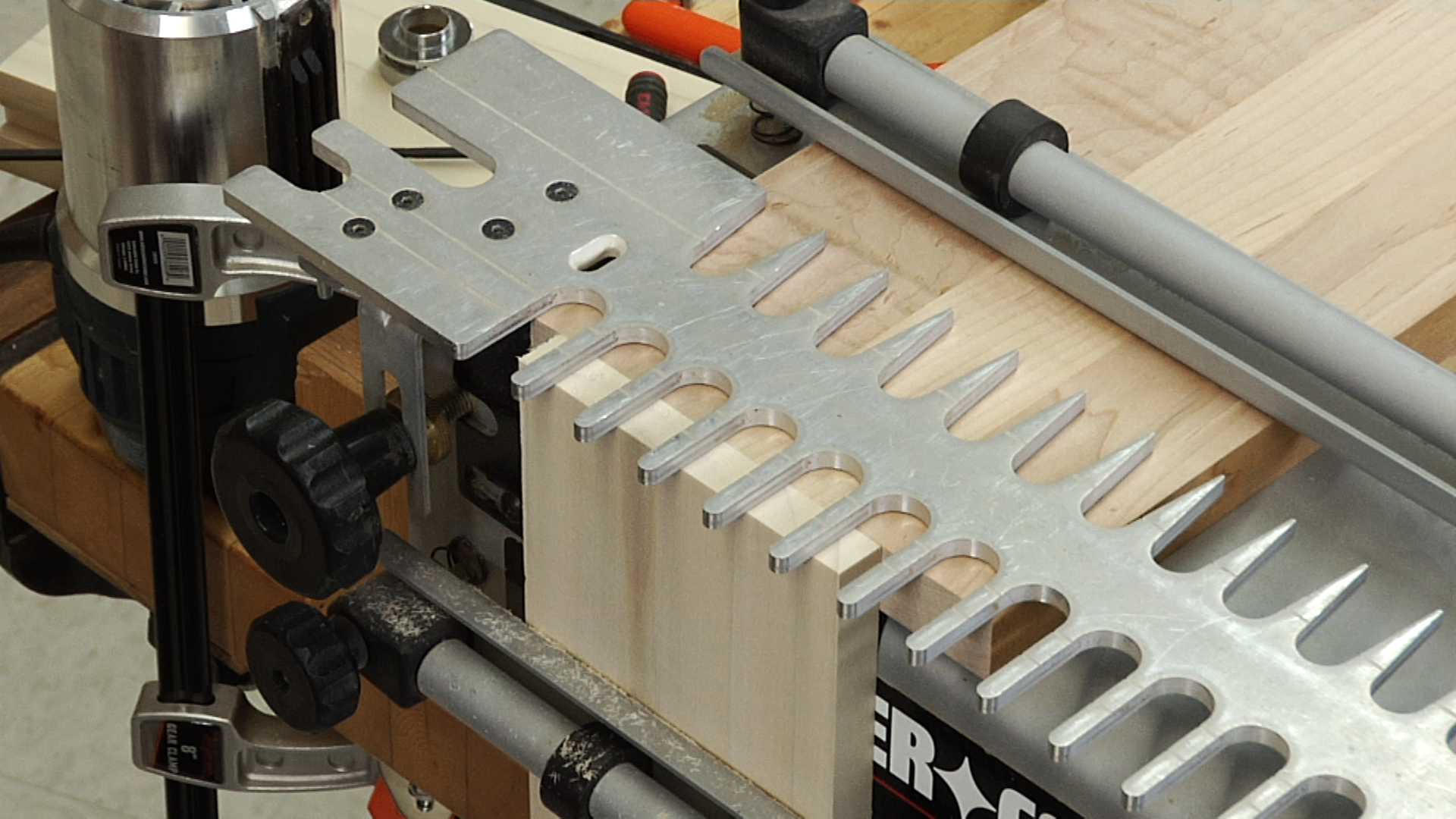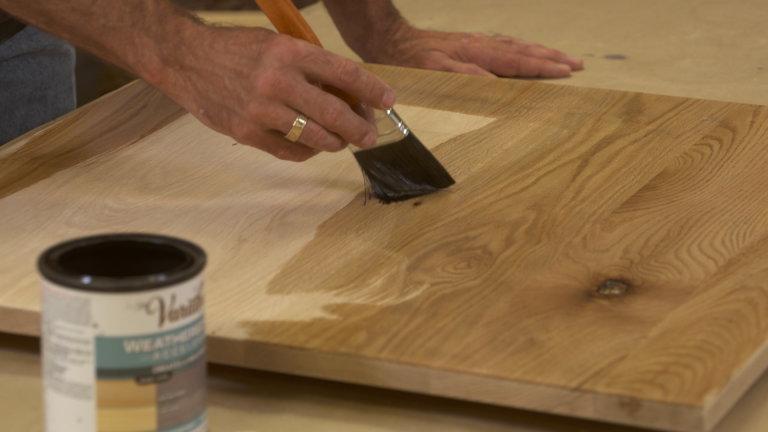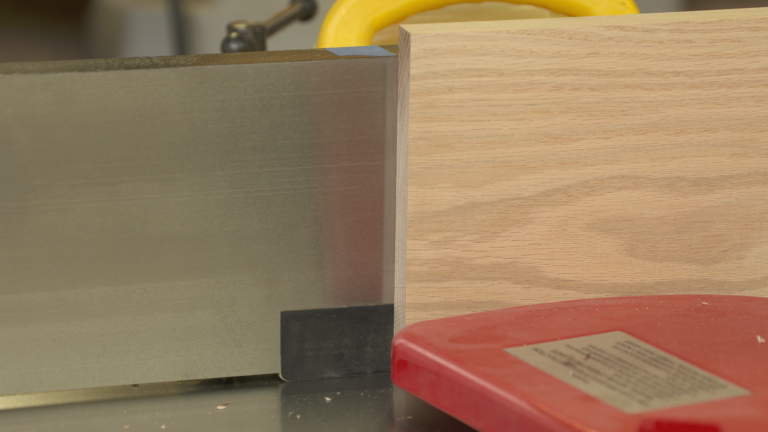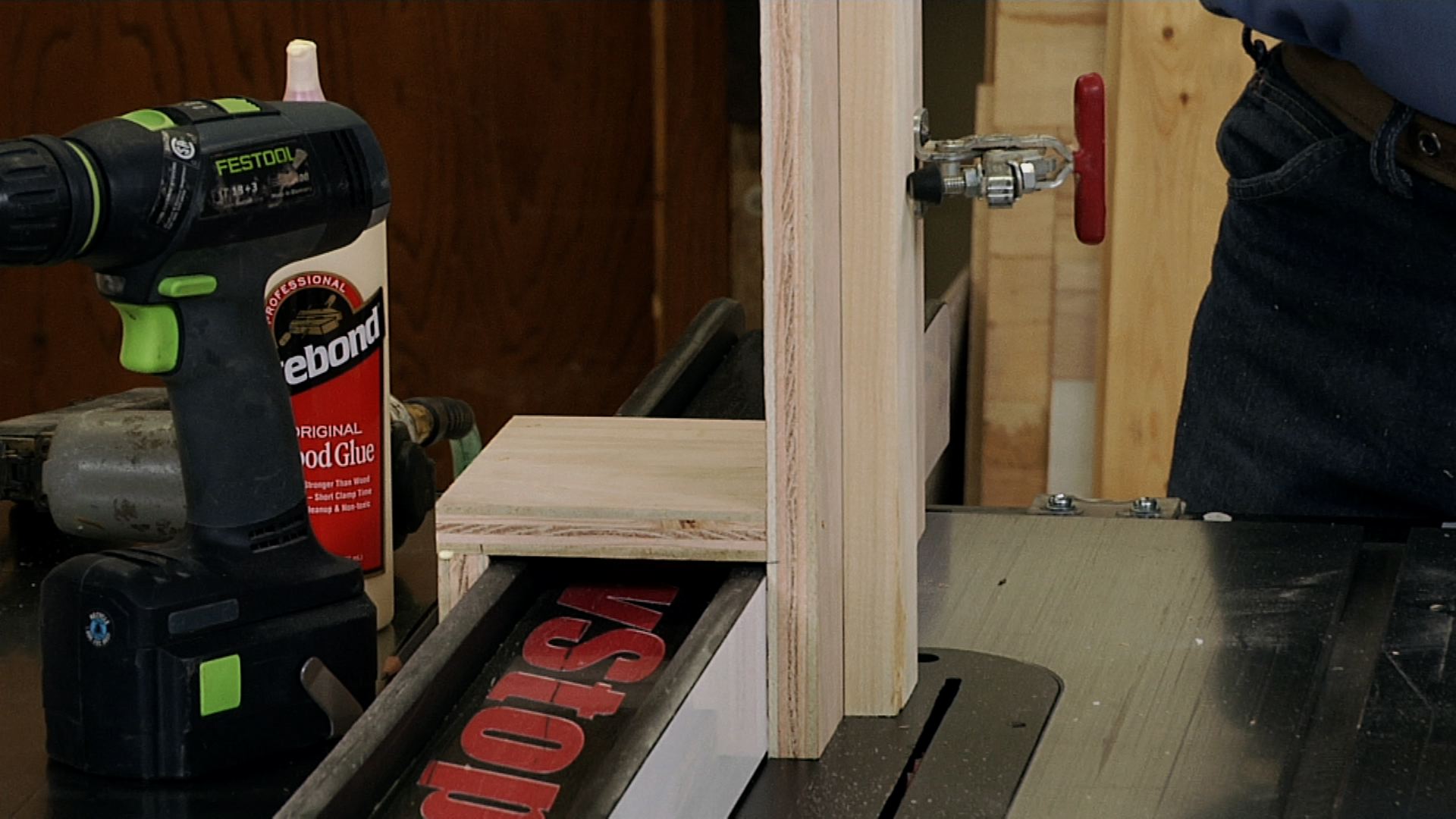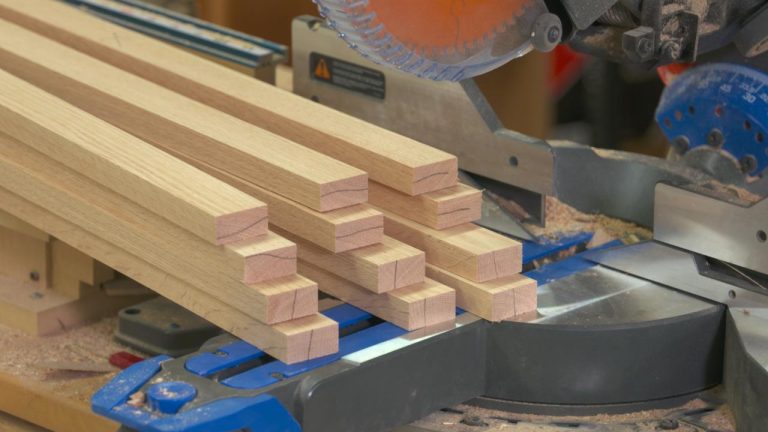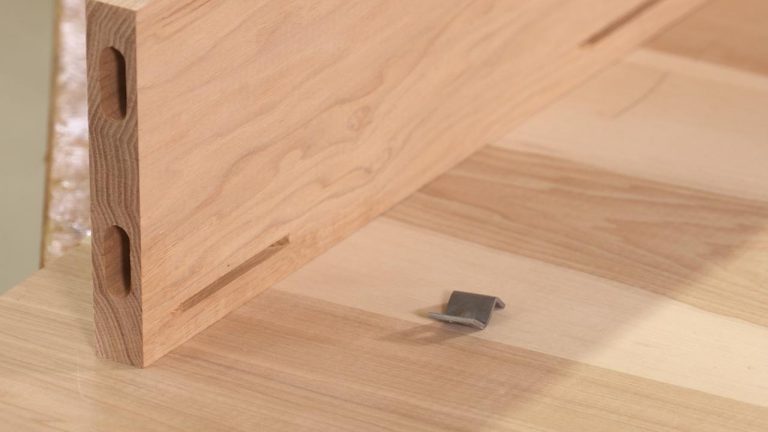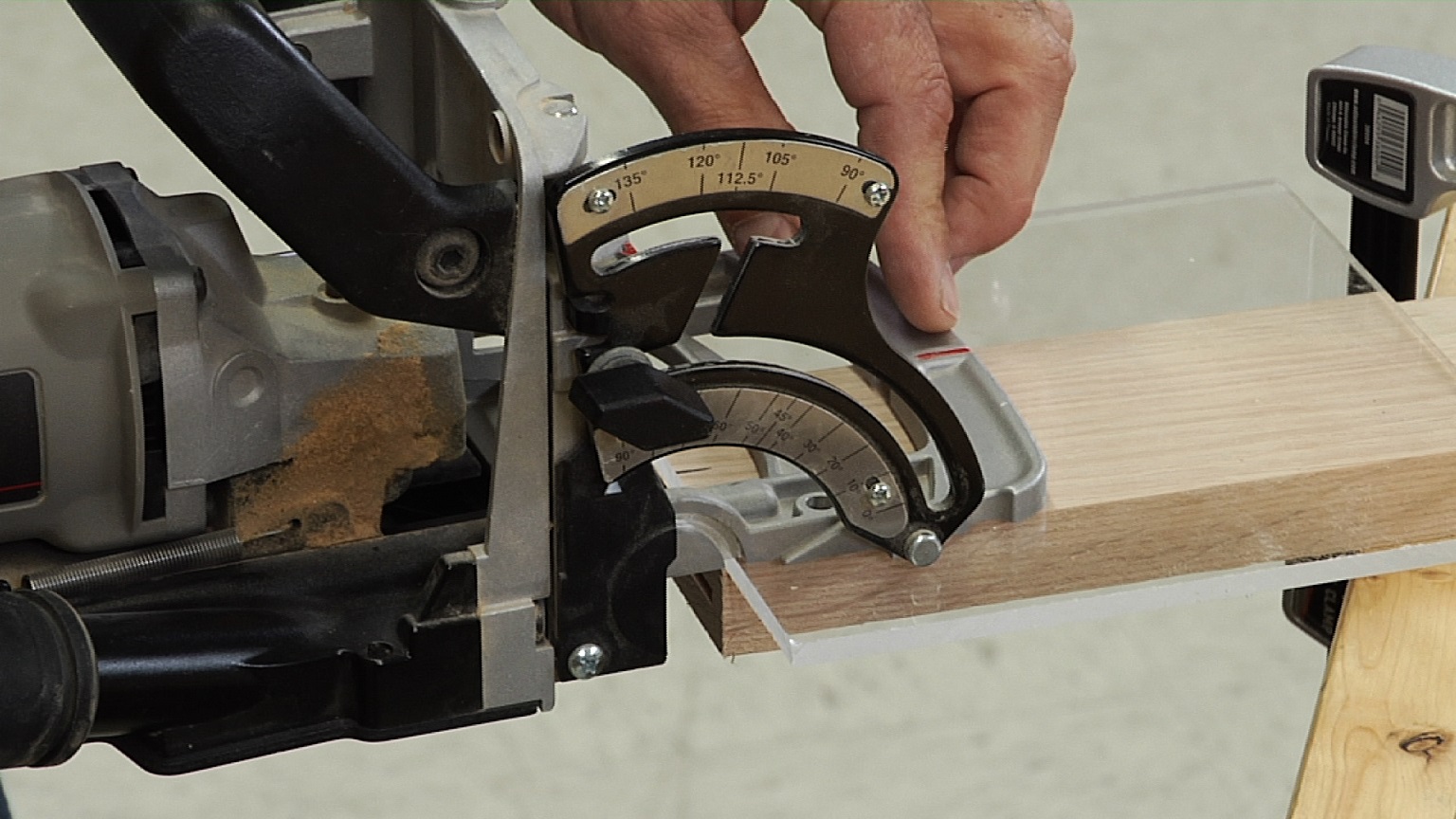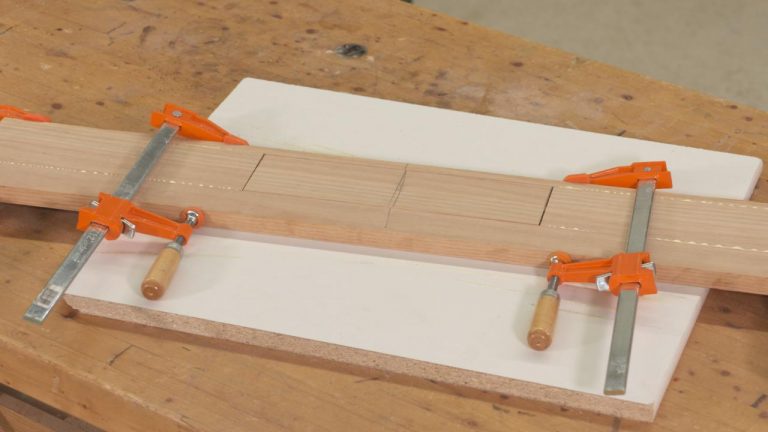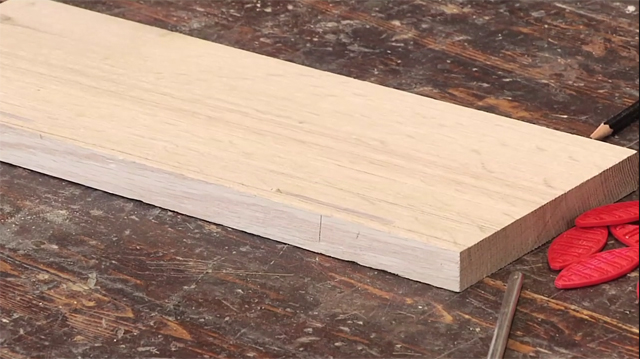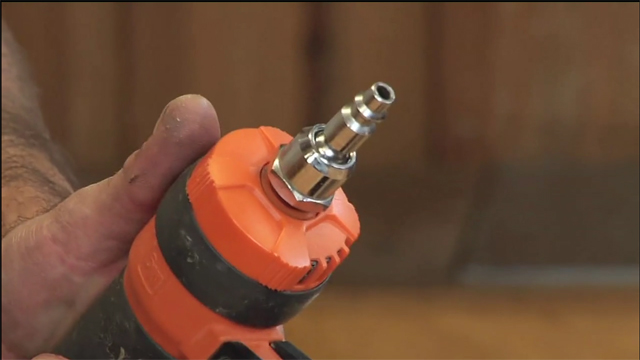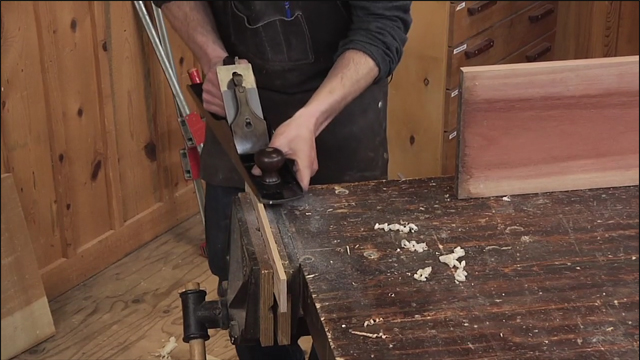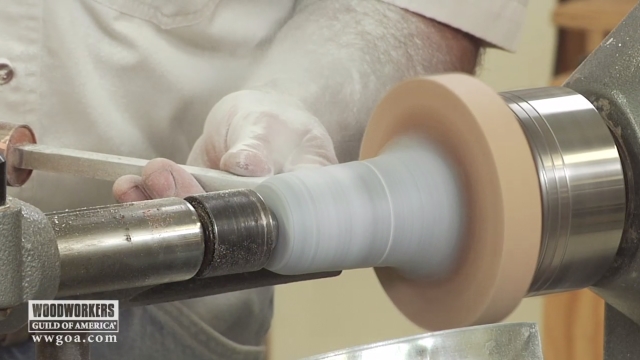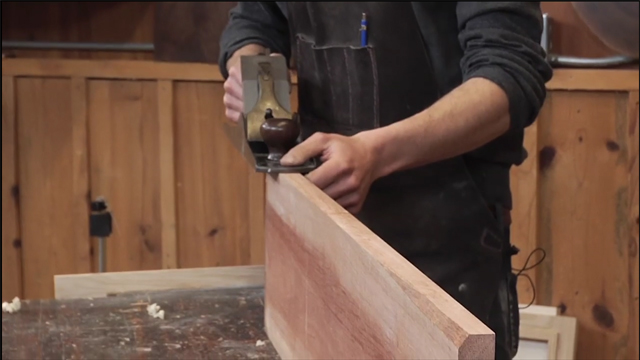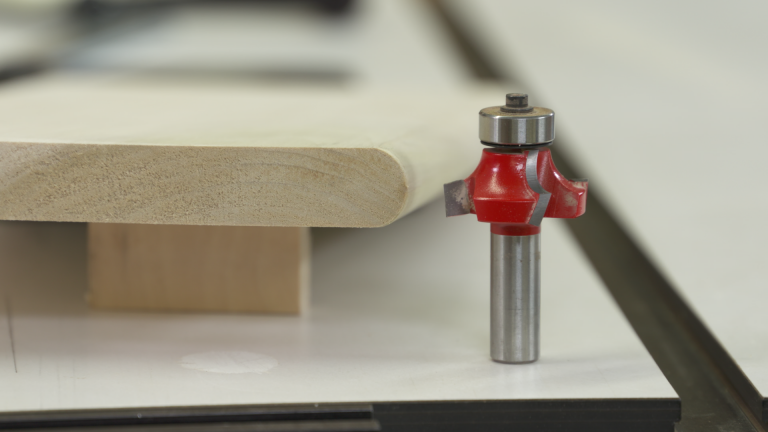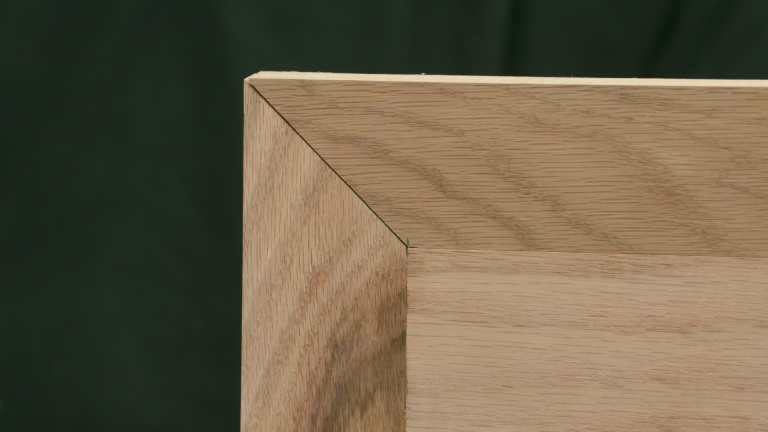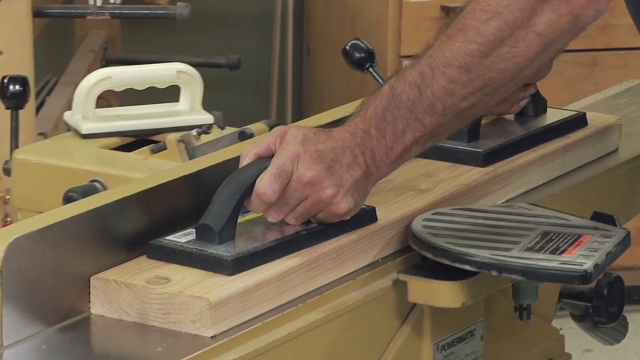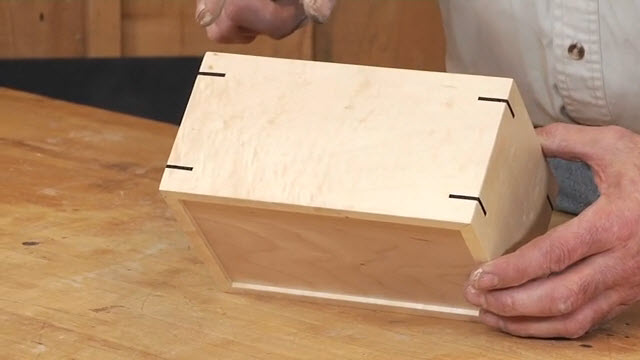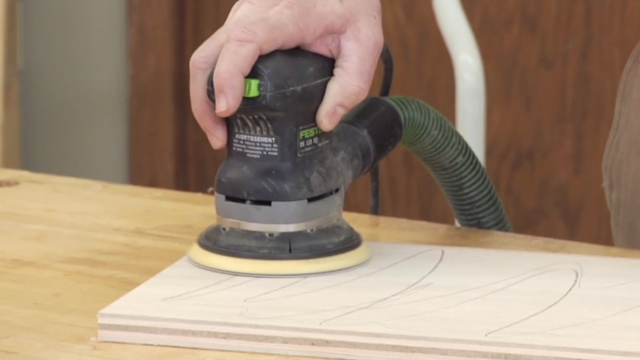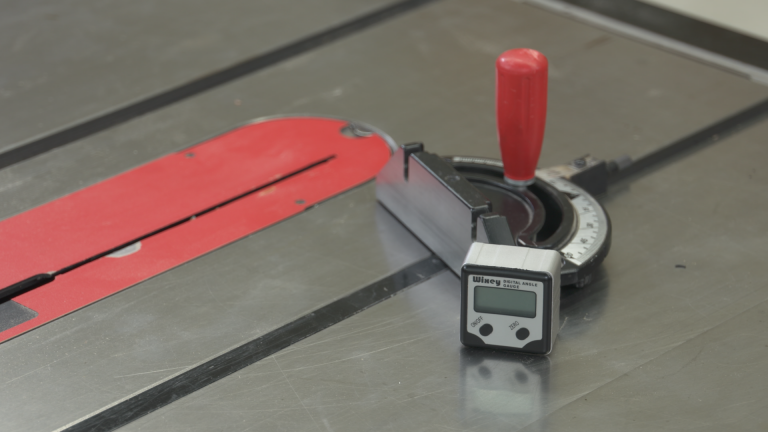
Biscuit Jointer: Register Off the Fence
George VondriskaBiscuit joinery came onto the hobbyist woodworking scene in the 1990s, and woodworkers have been using biscuits heavily ever since. Nothing beats a biscuit joint when it comes to a quick, lightweight substitute for a traditional mortise and tenon joint, or a spline joint. A biscuit joiner essentially creates a slot into which a pressed wafer of wood, or a biscuit, is inserted to form a floating tenon joint. A mating slot is created on the work piece that will be joined, and the boards are joined with the strength of glue and the alignment of biscuits. With biscuit joinery, there are essentially two ways that you can align the tool to locate the biscuit slot. The first option is to use the base of the tool and register off the bottom. This approach is commonly used for plunging biscuit slots that are located somewhere other than the edge of the work piece. The second approach is to use the standard fence that comes as an integral component to the biscuit joiner itself. The fence provides a reference plane that can be adjusted to the height and angle that is desired for your project, giving great flexibility. Biscuit joiner fences are normally intuitive to operate, but like anything with woodworking, there are some “rules of the road” that you should learn to make it a better experience.
Consistency is key
If you use the fence of your biscuit joiner for one side of the joint, you should use it for both. If you reference off of the top of one piece, also be sure to reference off of the top of the mating piece.
Technique is critical
Biscuit joinery is a great alignment aid when it is done properly, but if sloppy technique is used, it can cause alignment nightmares.
Explore videos by George Vondriska
You may be interested in
Premium Membership
Unlock exclusive member content from our industry experts.
- 24/7 Access to Premium Woodworking Videos, Projects, and Tips
- Step-by-Step Instructional Demos, Plans, and Tutorials
- 50% Off Video Downloads Purchased in the Woodworkers Guild of America Shop
- 2 Printable Woodworking Plans
Unlock exclusive member content from our industry experts.
- 24/7 Access to Premium Woodworking Videos, Projects, and Tips
- Step-by-Step Instructional Demos, Plans, and Tutorials
- 50% Off Video Downloads Purchased in the Woodworkers Guild of America Shop
- 2 Full-Length Video Downloads to Watch Offline
- 2 Printable Woodworking Plans
Gold Membership
$370 Value
Get everything included in Premium plus exclusive Gold Membership benefits.
- 24/7 Access to Premium Woodworking Videos, Projects, and Tips
- Step-by-Step Instructional Demos, Plans, and Tutorials
- 8 Full-Length Video Downloads to Watch Offline
- 3 Full-Length Woodworking Classes to Keep for Life
- 7 Printable Woodworking Plans
- Discounts on Purchase-to-Own Content in the Woodworkers Guild of America Shop
- Access to Ask the Expert Program
- Exclusive GOLD LIVE Streaming Events




